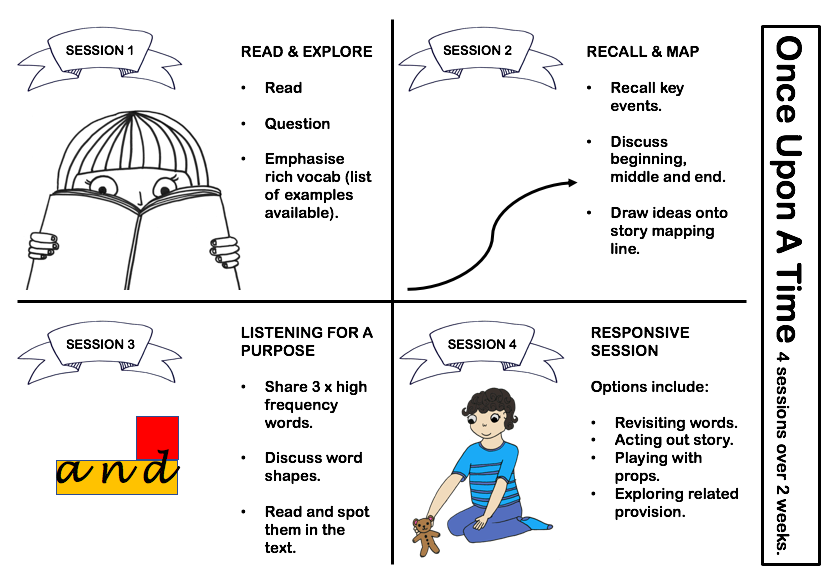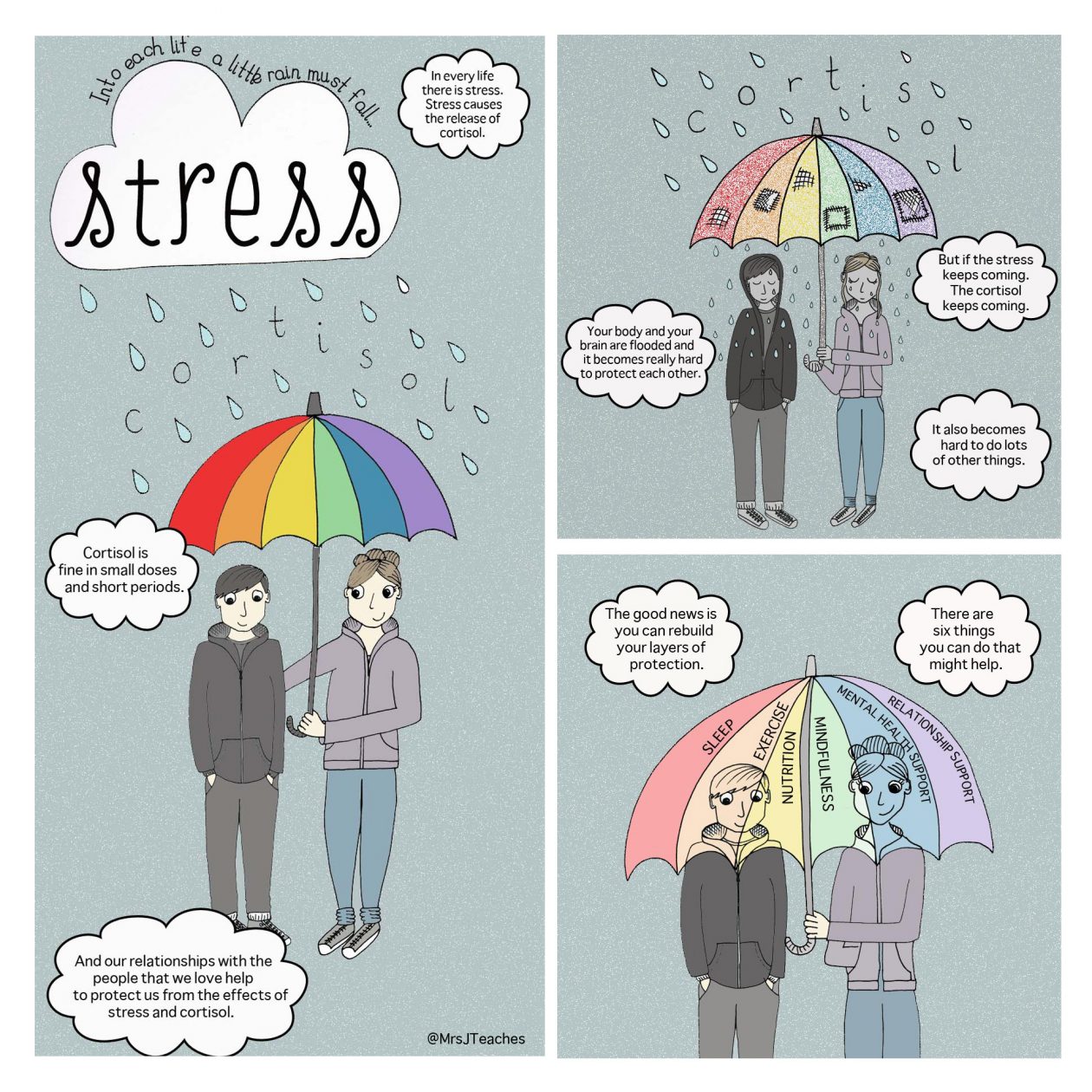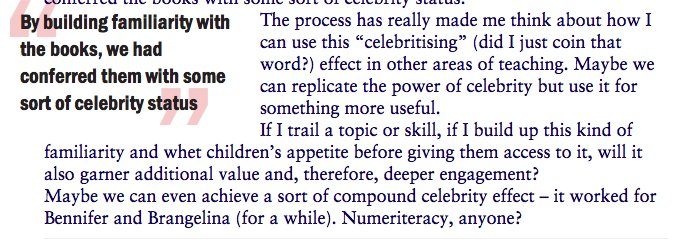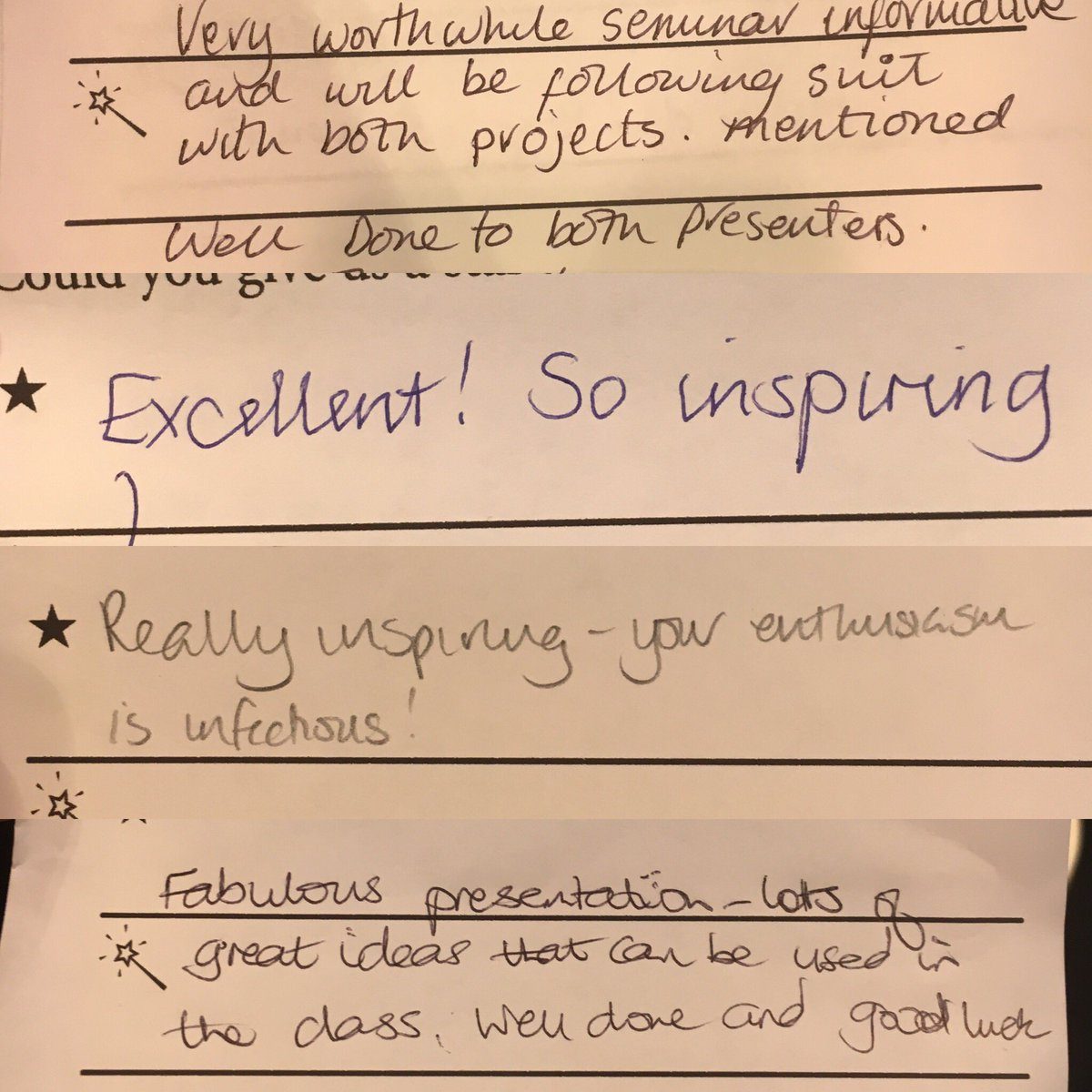I am a persistent advocate for using recently published texts in the classroom.
During my teacher training I read this excellent paper by O’Sullivan and McGonigle…

Which found that “many teachers were not continuing to develop thier knowledge of children’s literature and that this seemed to be having a significant effect on their practice, limiting the range of literature they introduced to children. For example 45 per cent of the 364 teachers surveyed in 2008 named Roald Dahl as their favourite author when they were children and of these 43 per cent were currently, or had recently, read a Roald Dahl book to their classes.”
Now I love Roald Dahl as much as anyone and my own kids love him too but I feel a real responsibility to try and bring the work of new, living authors into classrooms as much as possible. To ensure that children are exposed to a diverse range of high-quality literature that goes beyond classic texts which, with luck, they might be introduced to by a parent or a grandparent or a friend or a librarian.
The O’Sullivan and McGonigle also found that…
“professional development to increase teachers’ knowledge of children’s literature and to enable them to develop creative pedagogies based on texts can have a significant impact on children’s motivation and attainment.”
This became a real catalyst for me in terms of the choices I make about texts in the classroom and it has been a strong driver also in my work as an ‘Authors Live Champion’ with the Scottish Book Trust.
With that in mind I wanted to share a project which I ran with my P2 class a couple of years ago based on a BRILLIANT book which was published in 2014. Please feel free to use any of the resources attached and comment below if you use them! Let me know how it goes!

CAKES IN SPACE by Philip Reeve and Sarah McIntyre
Cakes in Space is a story about a girl who gets on to a space ship with her family for a voyage which will take 199 years but during which she will be frozen so that when she arrives at her destination she will be ready to start a new life on the planet Nova Mundi!
This unit of work ran across a whole term. The class was split into co-operative learning groups which we called ‘Topic Pods’ after the pods that Astra and her family sleep in in the story. All of the group tasks in the project were undertaken by the children within these co-operative groups. I read the book at a rate of approximately a chapter a day – we finished the book before we finished the project but we did not need to have read the whole book before we started. When we finished the children were SO in love with the book that they asked me to read another book by the same authors – we went on to read Oliver and the Seawigs but there are now many other EXCELLENT options!
There were 3 assessment activities which were the core of the project.
Assessment Activity 1: Design and Build Space Craft.
- Outcomes: TCH 1-01b, 1-12a, 1-13a, 1-14a, 1-14b, 1-15, EXA 1-06a,
- Assessment Evidence: Observation of group work, creation of pictorial design, creation of 3D model.
Assessment Activity 2: Moving to Nova Mundi – discussion and writing activities related to the creation of a new society.
- Outcomes: SOC 1-17a, 1-16a, ENG 1-17a, LIT 1-22a
- Assessment Evidence: Statements made during discussions, written work.
Assessment Activity 3: Arriving on Nova Mundi – drama and dance activity imagining what it would be like to be on the ship and then to arrive on Nova Mundi.
- Outcomes: EXA 1-09a, EXA 1-13a, EXA 1-14a
- Assessment Evidence: Movement work – use of body to express ideas, short drama pieces created in small groups.
ACTIVITY ONE
Design and Build A Space Craft
Here the context allows for focus on imagination, design for the future, solving problems through design and creation of models to represent ideas. We undertook a group activity where the children designed a space craft for a journey like the one taken by Astra and her family in the story. They needed to consider all the elements that would be required for a similarly long voyage and design a layout. They then created a 3D model of the ship.
There are a series of 5 design frameworks which can be used over 5 sessions to help the groups to draw out their design ideas. You can click on the design framework names below to download PDF versions. I printed these out at A3 size.
Framework 1: I encouraged them to think first about the name of their group/pod and the proposed name of their spacecraft. Then they thought about the top 5 things that a space craft would need.
Cakes in Space Design Framework 1
Framework 2: Then they decided who was going and where they were going to and what rooms would be needed aboard the ship.
Cakes in Space Design Framework 2
Framework 3: Then they decided the interior layout of the ship – I encouraged them to write the list of rooms on post-it notes and stick them on so they could move the rooms around. I asked them to think about what rooms should be / should not be next to one another for practical reasons e.g. don’t put the ‘disco room’ next to the ‘sleeping room’.
Cakes In Space Design Framework 3
Framework 4: The next session was about drawing a labelled diagram of the exterior of the ship – there are a series of rectangles to be cut out and written on to make labels on pg1 and a big space for the exterior design on pg2. It is hard for all the group members to draw together so this could be done as a collage and stuck on or it could be done digitally?
Cakes in Space Design Framework 4
Framework 5: The final design framework allows the children to plan a junk-model of their space craft with a focus on the resources that will be required. They should have framework 4 to refer to so that they can see what they are trying to create.
The two stars and a wish evaluation box on the right was used by the group to self-assess the model once it had been constructed!
Cakes in Space Design Framework 5
ACTIVITY TWO
Moving to Nova Mundi
This element of the project has a literacy focus and also creates a forum for the children to consider what it would be like setting up a new society on a new planet.
Writing ideas
We did a series of pieces of written work during the project. Some of which were procedural in focus and some which were much more emotional.
Titles included:
- How I feel about moving to a new planet – we wrote a piece, either from Astra’s perspective or that of another child on board the spaceship, talking about how we felt about leaving our home and going to Nova Mundi. We talked about how we might have mixed feelings of sadness and excitement about different aspects of the move.
- Instructions for Astra – we wrote step by step instructions for Astra to tell her what to do when she woke up having arrived at Nova Mundi.
- Arriving on Nova Mundi – we wrote about landing on Nova Mundi and imagined what we might see when we got there.
Creating a New Society
Our work on this element of the project coincided with the Scottish Independence Referendum so we spent some time discussing whether we would want our new planet to be self-governing or whether the laws and rules of the new planet would be an extension of those on earth.
We talked about what language we would speak, would it be our Earth language or would it be a new Nova Mundi language. We talked about different countries having different currencies and thought about whether we would have our own currency or use Earth money. We talked about whether we would need our own army to defend Nova Mundi or whether the Earth army would protect us if it were needed.
Eventually we held a vote, complete with ballot papers and a ballot box, to decide whether we would be governed by ‘Earth Rules’ or ‘Nova Mundi Rules’.
ACTIVITY THREE
Arriving on Nova Mundi – Dance and Drama.
Still working in their topic pods the children used dance to explore ideas of weightlessness and how you might move around whilst travelling in space compared to how you might move when you landed. I provided a variety of space-themed music from Holst’s ‘The Planets’ to David Bowie and encouraged them to create short sequences of movement with defined sections where each member of their pod was undertaking the same movement at the same time. This required discussion and agreement with regard to choreography, synchronising the movement to the music and focus from all group members to follow the sequence along with their peers.
In drama we created short pieces imagining the arrival on Nova Mundi. Some groups imagined that there were aliens already living there who either welcomed or resisted the new arrivals! Others all took on characters who had arrived on the space ship and had to decide what to do in the moment that they set foot on their new planet. Again this required co-operative working to plan the scene, it required each member of the group to take a defined role, I asked that every member of the group have something to say and asked that it be spoken clearly and audibly, with an awareness of the position of the audience in relation to the performers.
You may find as you read this fantastic book with your class that any number of other avenues open up to you in terms of planning. My class and I loved this book and got so much learning and enjoyment out of exploring the story in all these different ways. I would love to hear if you did something similar and if you use any of the suggestions and materials above please do let me know in the comments section below.
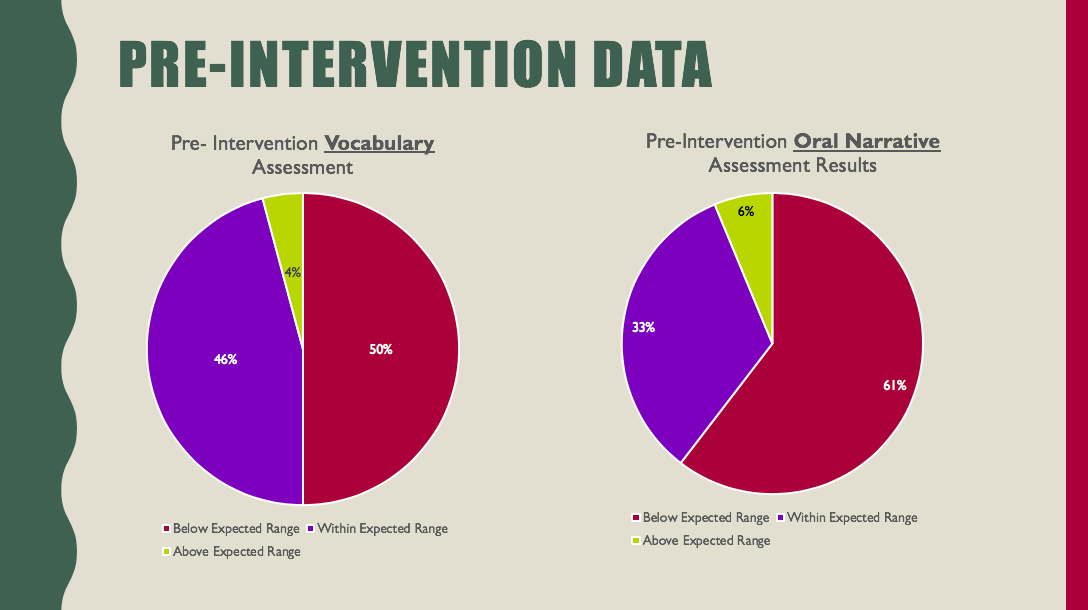
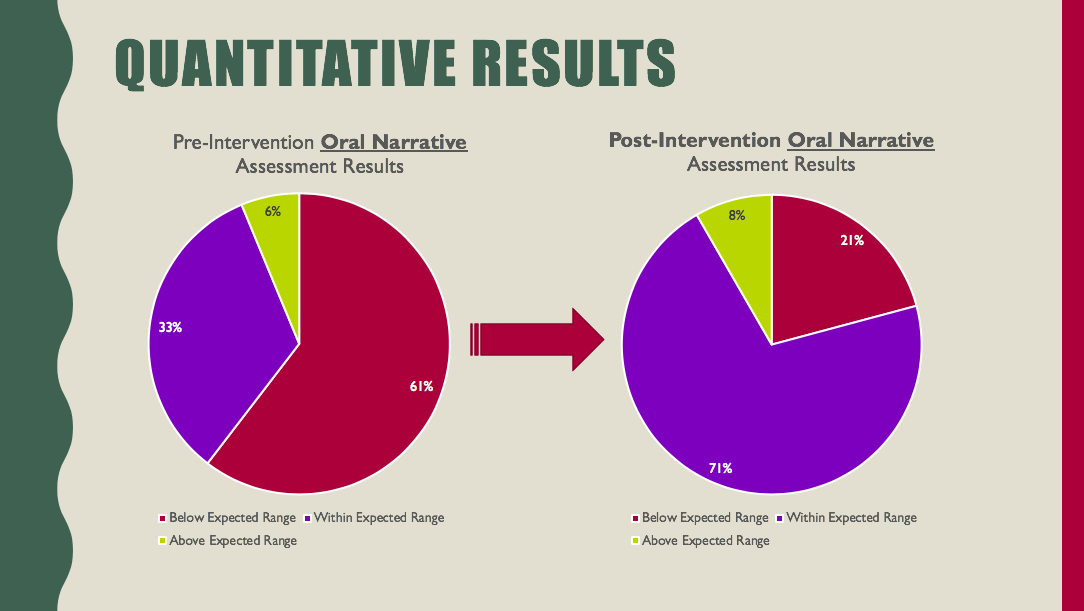
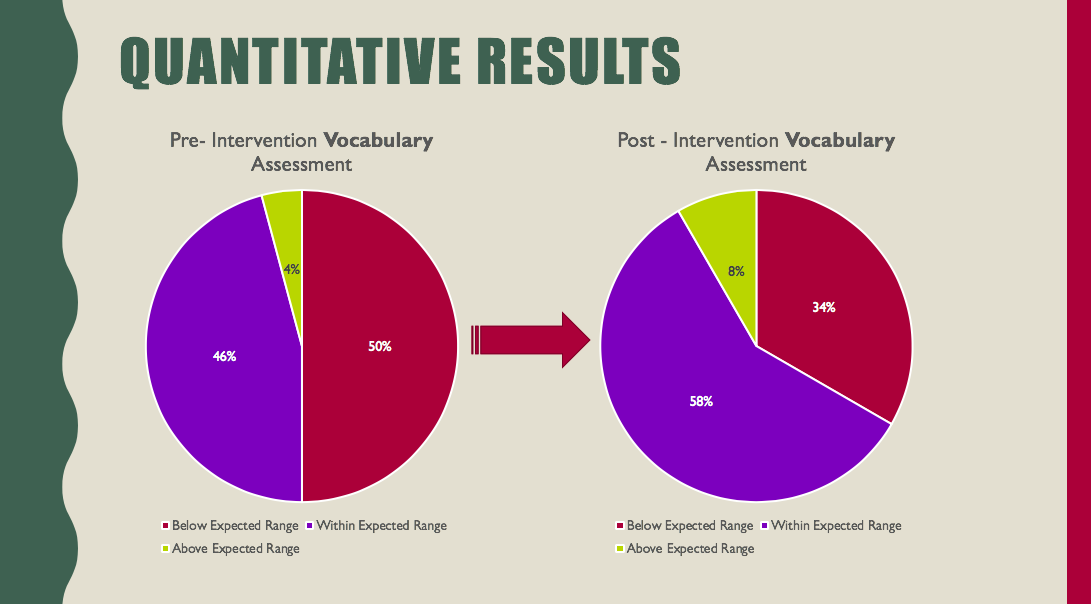
 As you can see from the chart on the right – 62% of children made more than 8 months progress with their vocabulary during this 8 month period – their individual starting point was what determined whether that progress led them into the expected range.
As you can see from the chart on the right – 62% of children made more than 8 months progress with their vocabulary during this 8 month period – their individual starting point was what determined whether that progress led them into the expected range.